
The Finnish maritime cluster is a cluster of Finnish companies in maritime industries. In 2016 the total turnover was estimated at 13 billion euros and it employed 48,000 people.
Vuosaari shipyard was a shipyard located in the district of Vuosaari in Helsinki, Finland. Built by the Finnish state-owned company Valmet Oy in the early 1970s, the shipyard delivered 33 newbuildings and participated in building around 100 other vessels before it was closed in 1987 following the bankruptcy of Wärtsilä Marine. Later, the longest dry dock in Finland was used by various ship repair companies until the construction of the new Vuosaari harbour cut the connection to the sea in 2004. Despite various plans to re-use the old dry dock, now located inside the harbour perimeter, it remained without use until the basin was backfilled in 2015–2016.

Crichton-Vulcan is an abandoned shipyard in Turku, Finland, that once formed the cornerstone of the Finnish shipbuilding industry. The shipyard is best known for the World War II coastal defence ships and submarines it produced.
Name Turku shipyard usually means either of the following yards in Turku, Finland:
Wärtsilä Marine was a Finnish shipbuilding company.

STX Finland Oy, formerly Aker Yards Oy, was a Finnish shipbuilding company operating three shipyards in Finland, in Turku, Helsinki and Rauma, employing some 2,500 people. It was part of STX Europe, a group of international shipbuilding companies owned by the South Korean STX Corporation.
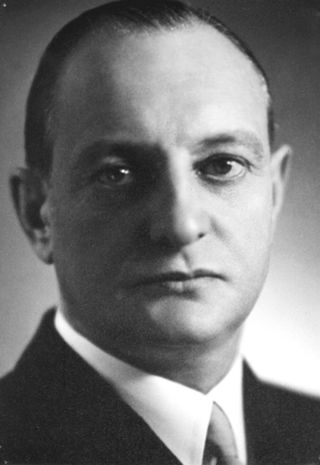
Emil Wilhelm Wahlforss was a Finnish engineer, industrialist and vuorineuvos.
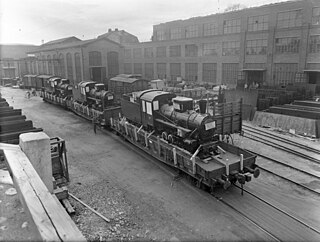
War reparations of Finland to the Soviet Union were originally worth US$300,000,000 at 1938 prices. Finland agreed to pay the reparations in the Moscow Armistice signed on 19 September 1944. The protocol to determine more precisely the war reparations to the Soviet Union was signed in December 1944, by the prime minister Juho Kusti Paasikivi and the chairman of the Allied Control Commission for controlling the Moscow Armistice in Helsinki, Andrei Zhdanov.

Katarina is a Finnish training ship of the Kotka School of Nautical Studies. Built by Valmet in Helsinki in 1953 as Aranda, she was the second vessel to bear the name. Until 1989, she served as a transport vessel for the Finnish National Board of Navigation and a research vessel for the Finnish Institute of Marine Research.
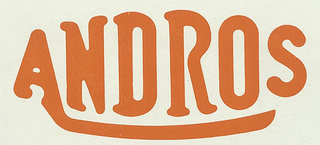
Oy Andrée & Rosenqvist Ab was a boat building yard and engineering works in Turku, Finland in 1906–1939. The company was known for its fast and high-quality boats and also marine engines, which were also applied in stationary use.
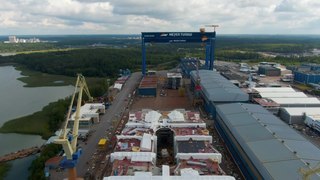
Perno shipyard is a shipyard in Turku, southwest Finland, that specialises in building cruise ships, passenger ferries, special vessels and offshore projects. The yard area is 144 hectares and is operated by Meyer Turku Oy with a dry dock 365 metres (1,198 ft) long, 80 metres (260 ft) wide and 10 metres (33 ft) deep. It has the largest bridge crane in the Nordic region with a capacity of 1,200 tonnes and a smaller crane with a capacity of 600 tonnes.

Kone- ja Siltarakennus Oy is a Finnish former engineering company based in Sörnäinen, Helsinki.
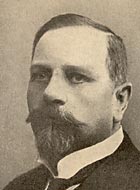
Gustaf Woldemar Wrede af Elimä was a Finnish Freiherr, engineer and businessman. He is best known for his contribution to Finnish tractor production.

Meyer Turku Oy is a Finnish shipbuilding company located in Turku, Finland Proper. The company is fully owned by German shipbuilder Meyer Werft GmbH. The main products are cruise ships and cruiseferries.
Yrjö Waldemar Vesa was a Finnish engineer, businessman and vuorineuvos.

Curt Bertel Casimir Långhjelm was a Finnish engineer, businessman and vuorineuvos.

Tankmar Horn was a Finnish diplomat, economist, and businessman.
Tor Björn Stolpe was a Finnish businessman and vuorineuvos.
Oy Laivateollisuus Ab (LaTe) was a Finnish shipbuilding company located in Pansio, Turku. The company was founded in 1945 to serve Finnish war reparation industry and focused on wooden ships. The first vessels were a series of schooners, which were followed by other wooden vessels. The last wooden hulls were produced in 1958. The company continued producing wooden gluelam structures in parallel with shipbuilding.

Turku Repair Yard Ltd is a Finnish ship repair company. Its premises are situated in Luonnonmaa island, Naantali. The company has focused on repairing of ships and boats.











